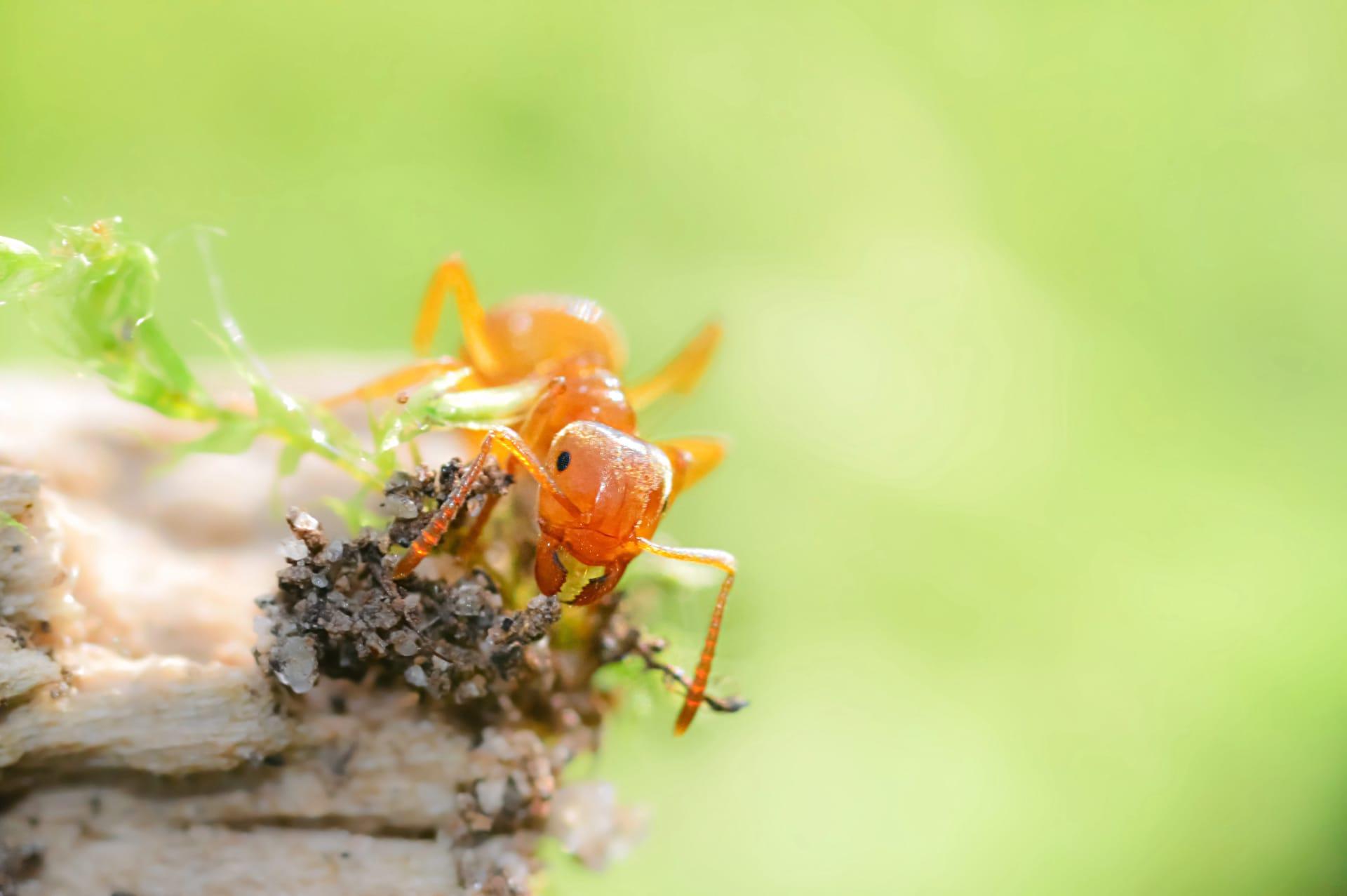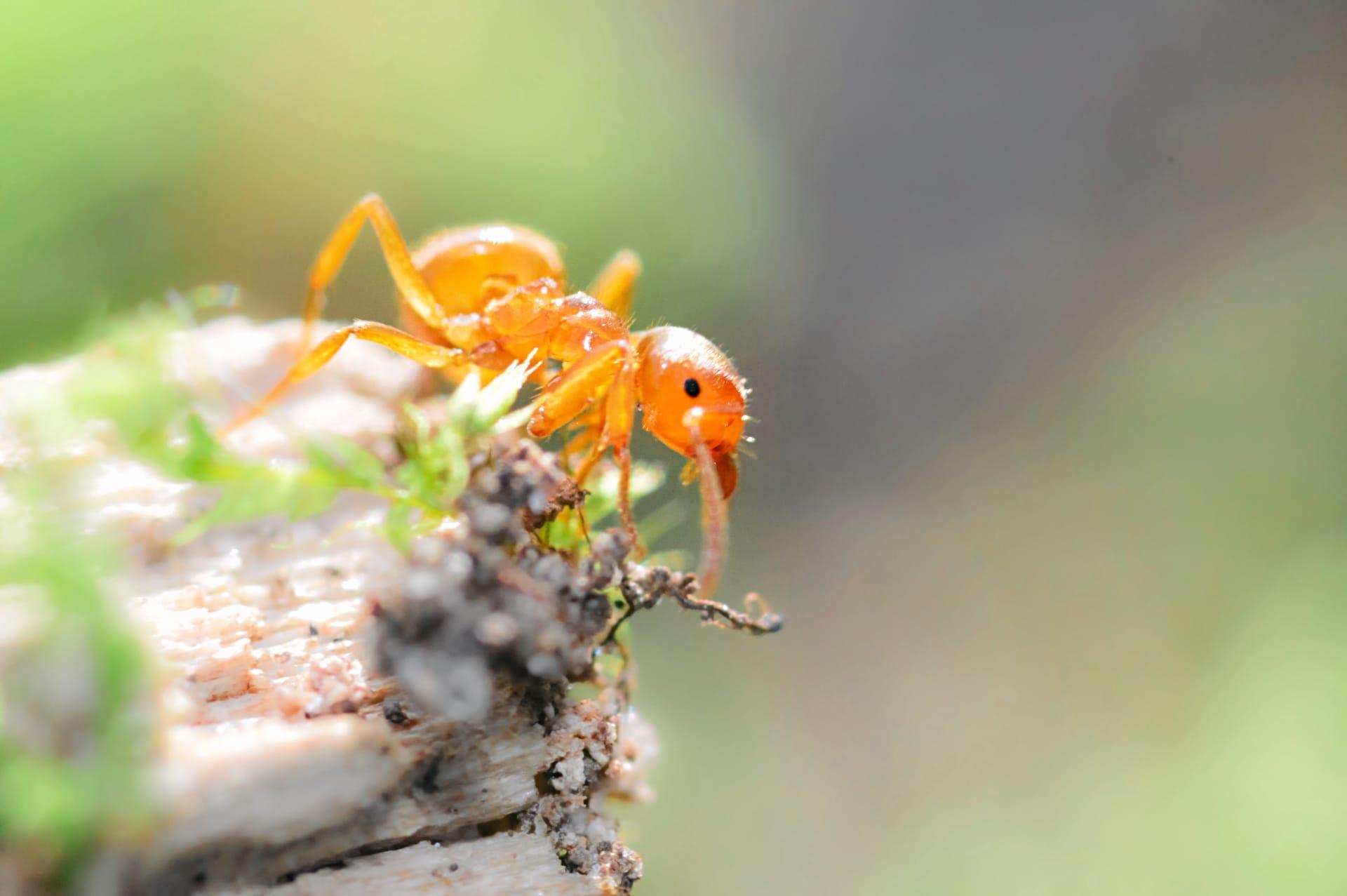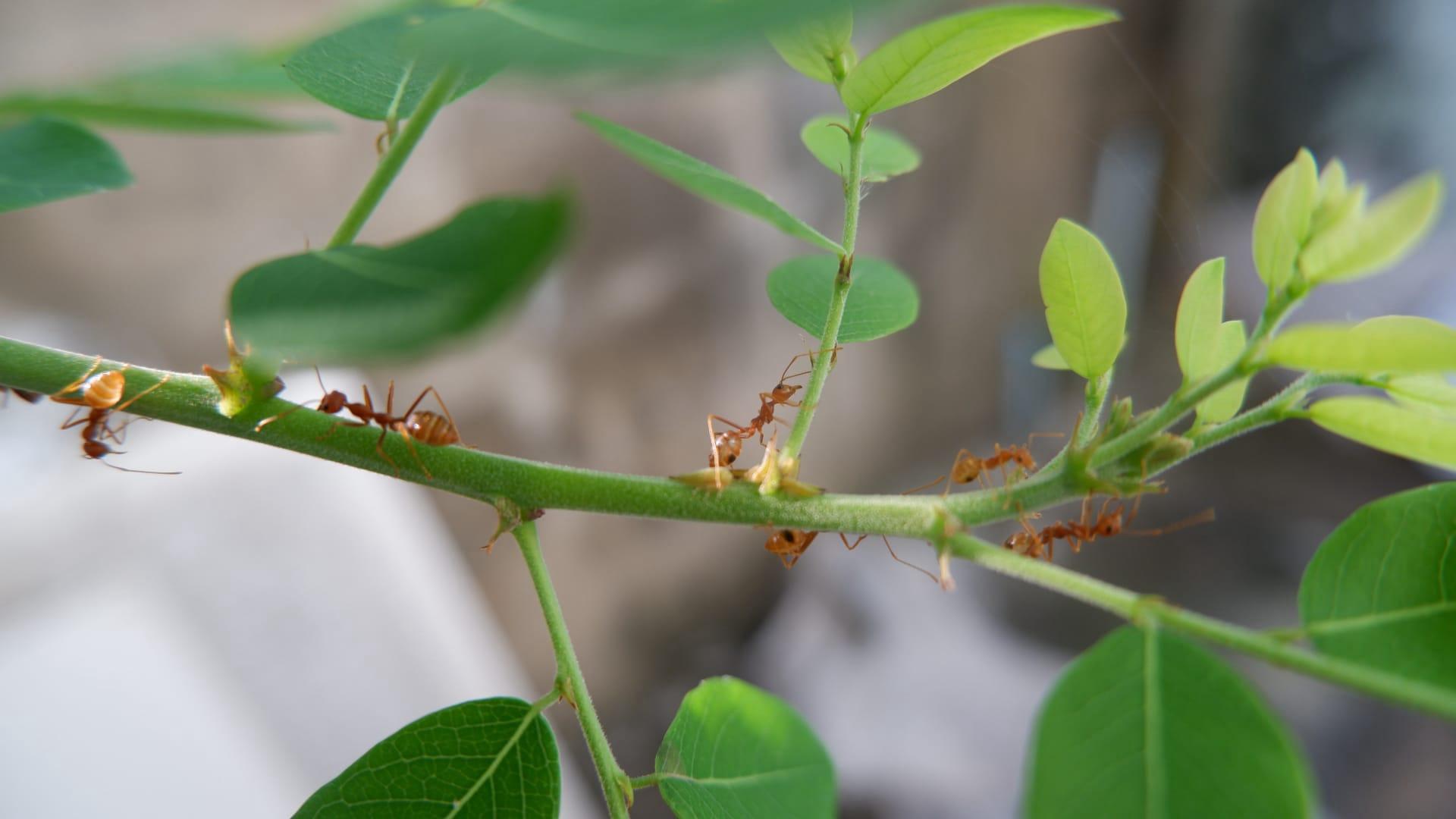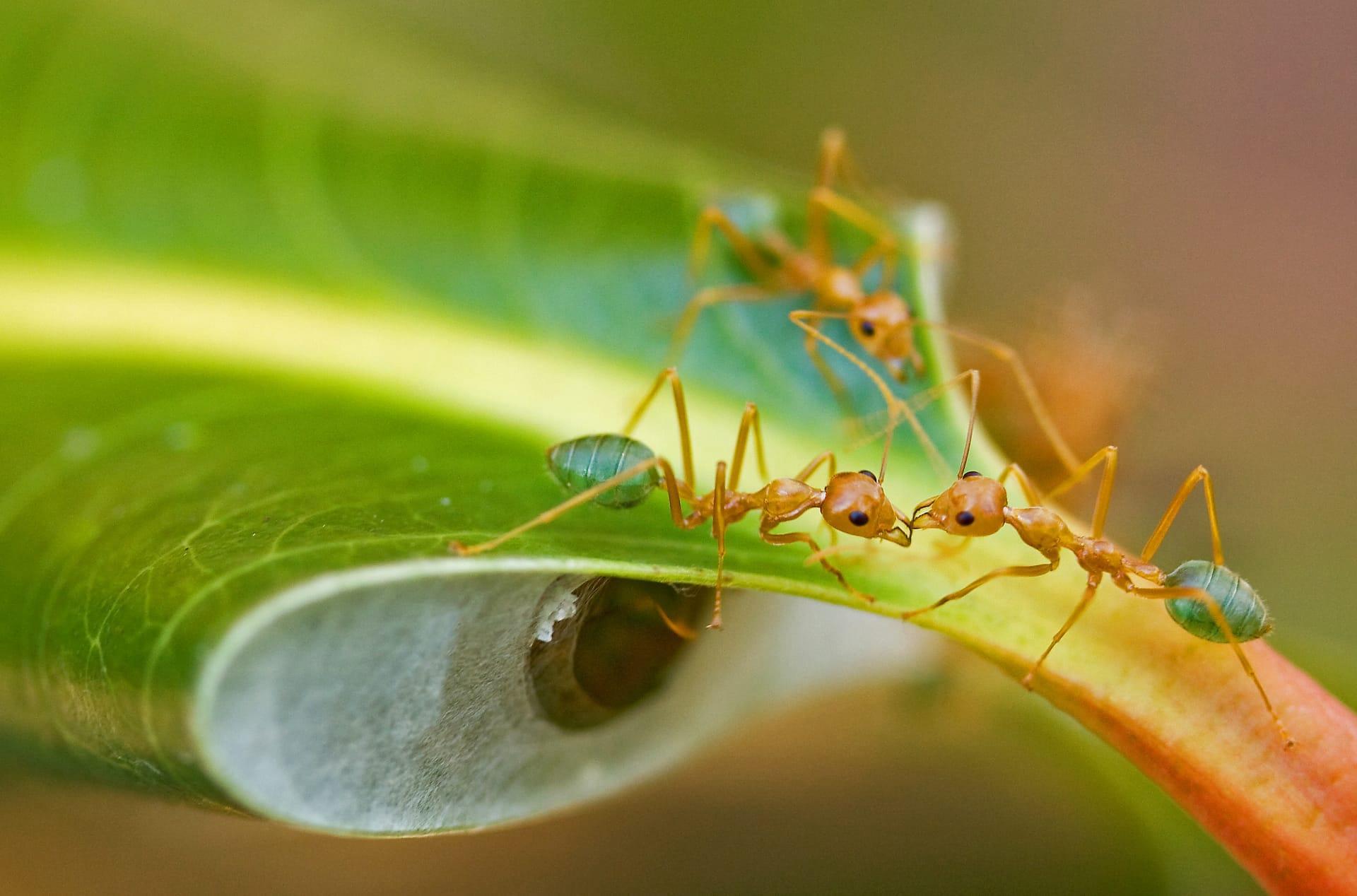Citronella Ants
- Home /
- Mini Encyclopedia /
- Animal /
- Citronella Ants
1
Citronella Ants, scientifically known as Acanthomyops interjectus, belong to the Formicidae family. This species falls under the subfamily Formicinae. Characterized by their yellow to light brown color, Citronella Ants are unique for their lemon verbena or citronella-like odor when crushed, a trait not commonly found in other ant species. Adult worker ants typically measure about 3 to 4 millimeters in length. Their distinguishing features include a smooth, shiny exoskeleton and a well-defined thorax.
Citronella Ants are predominantly found in North America, especially in the eastern and central regions of the United States and parts of Canada. They thrive in moist environments and are often located in soil, under rocks, or inside rotting logs. These ants prefer to establish their colonies in areas with abundant moisture and organic matter. They are rarely seen on the surface, except during mating flights, which generally occur in late spring or early summer.

2
Question: Are Citronella Ants harmful to humans or property?
Answer: Contrary to common belief, Citronella Ants are not harmful to humans or property. They do not bite or sting and are not known to cause structural damage. Their primary diet consists of honeydew produced by aphids and mealybugs, and they do not typically invade human food sources. While their presence can be a nuisance, especially during mating flights, they pose no direct threat to human health or homes. Their reputation as a nuisance is often exaggerated due to their sudden appearance in large numbers during nuptial flights.

3
Citronella Ants employ a unique survival strategy by farming aphids and mealybugs for honeydew, a sugary liquid these insects excrete. This symbiotic relationship benefits both the ants and the aphids/mealybugs. The ants protect these insects from predators and even move them to optimal feeding sites on plants. In return, the ants harvest the honeydew as a primary food source.
Another fascinating aspect of Citronella Ant survival is their nuptial flight, a reproductive strategy where winged males and females emerge from the colony en masse. This usually occurs in late spring or early summer. The flight ensures genetic diversity as it allows mating with individuals from other colonies. After mating, the males die, while the females shed their wings, establish new colonies, and become queens.

4
In the ecosystem, Citronella Ants play a vital role in the biological control of pest populations. Their symbiotic relationship with aphids and mealybugs helps regulate these populations, indirectly benefiting plant health. This natural pest control is especially important in gardens and agricultural areas.
Citronella Ants also contribute to soil aeration and nutrient cycling. Their extensive tunneling activities help aerate the soil, facilitating water and air movement. This tunneling also aids in decomposing organic matter, enriching the soil with nutrients essential for plant growth. Therefore, their presence in an ecosystem indicates a healthy soil environment.

5
Film: "The Secret World of Ants" is a documentary produced in the United States in 2018. This documentary explores the diverse and complex world of ants, including a segment on Citronella Ants. It delves into their unique behaviors, communication methods, and ecological roles, providing viewers with an in-depth look at these often-overlooked insects.
Book: "Ants: Nature's Ingenious Insect Engineers" by Dr. Paul Brighton, published in the UK in 2019. This comprehensive guide covers various ant species, including Citronella Ants. It offers insights into their social structures, survival tactics, and contributions to ecosystems, making it a valuable resource for both enthusiasts and researchers.
Book: "Insect Societies: A Journey into the Complex World of Ants" authored by Linda Harmon, released in the USA in 2021. This book focuses on the social dynamics and cooperative behaviors of ants, with a dedicated chapter on Citronella Ants. It discusses their colony structure, communication methods, and interactions with other species, providing a detailed overview of their societal complexities.